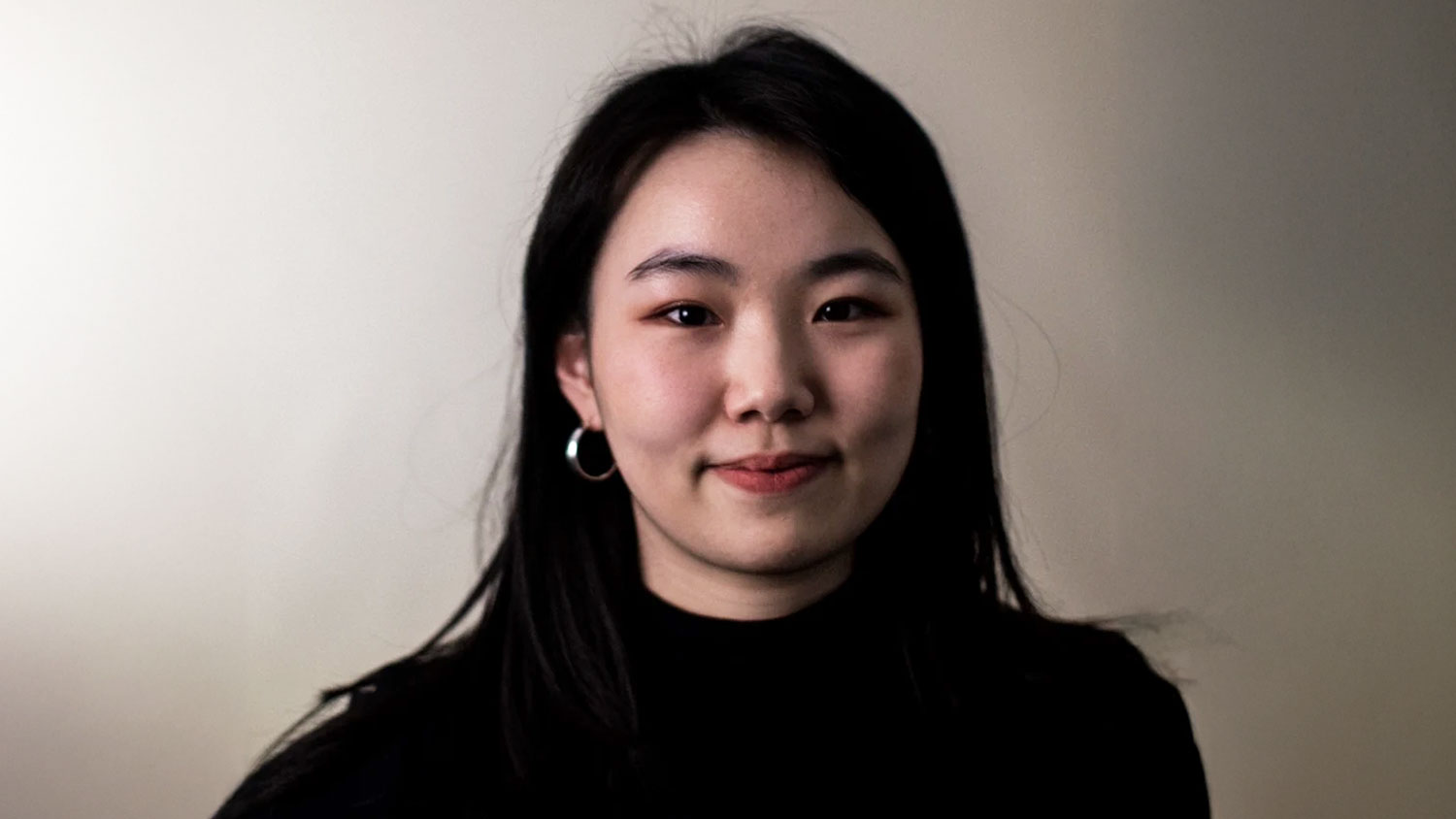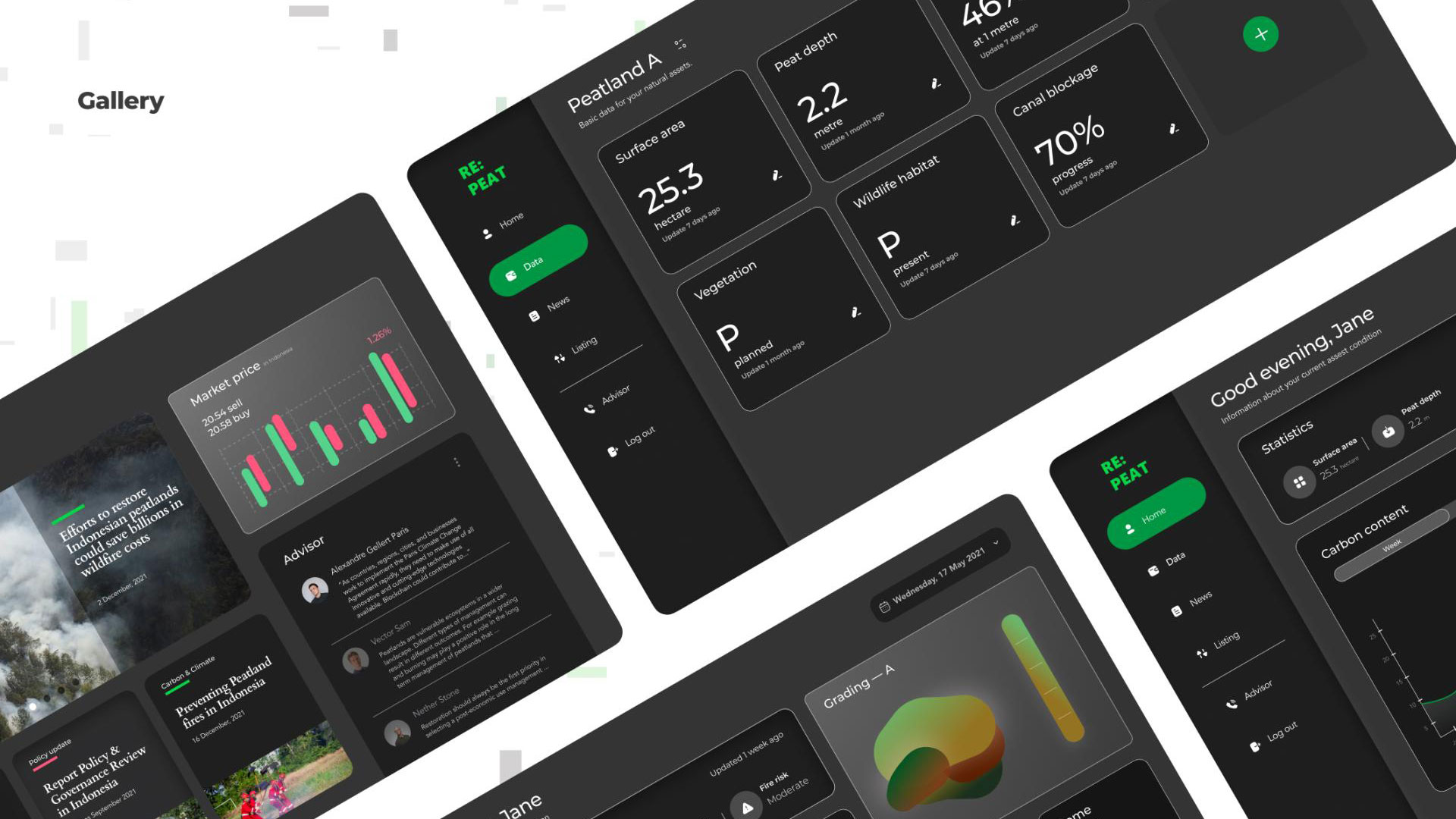Interview with Tong Lo from the United Kingdom

My Genie by Dreamaker Wedding Planning Co., Ltd
October 8, 2024
Interview with Claudia Wang for Temporal Rose, Second Quadrant
October 8, 2024Tong Lo
Tong Lo is a design innovator with a passion for user experience design. She is deeply interested in inclusive design and cutting-edge technologies, aspiring to create impactful products, services, and experiences that provide tangible value and empower as many people as possible.
I’ve always been passionate about finding solutions to real-world problems through creativity. Designing allows me to humanize technology, tackle challenges, and ensure that innovations benefit everyone, especially those often overlooked by traditional systems.
It is an exciting field where we can solve real-world problems creatively, turning concepts into tangible solutions that make a meaningful impact. This realization led me to pursue a career that combines creativity with meaningful user engagement.
I am a founder of RE:PEAT, a Green Tech startup that mobilizes farmers to accelerate peatland conservation efforts through a carbon credit scheme.
As the founder and UX/UI designer, my role ranges from leading feature designs from concept to delivery, to participating in product research and vision planning. Design thinking is at the heart of all this, helping us deliver innovative solutions consistently.
Design, for me, is about solving problems in ways that are intuitive, impactful, and inclusive. It’s centered around understanding human needs and creating experiences that enhance lives, whether through physical products or digital interfaces.
Beyond being a tool for improving experiences, design is a mindset—a way of viewing challenges with a growth-oriented outlook, identifying opportunities, and embracing uncertainty.
The UK is renowned for its innovative design thinking and strong focus on inclusivity, creating an environment where creativity and functionality merge to address real-world problems.
With the constant evolution of technology and design, the potential for meaningful impact—particularly in sustainability and social equality—is vast. The opportunity to collaborate across disciplines enhances the UK’s unique approach to tackling global challenges through design.
Stay curious and embrace multidisciplinary approaches. Design is about solving problems creatively, so don’t be afraid to explore new fields for inspiration and push the boundaries of traditional design thinking.
Embrace multidisciplinary learning and be open to new technologies. Always stay connected with real-world problems, as the best designs solve issues that matter to people.
Tong Lo
Tong Lo is a design innovator with a passion for user experience design. She is deeply interested in inclusive design and cutting-edge technologies, aspiring to create impactful products, services, and experiences that provide tangible value and empower as many people as possible.
Read more about this interview with Hu Li from China, the Gold Winner of the 2024 MUSE Design Awards.


